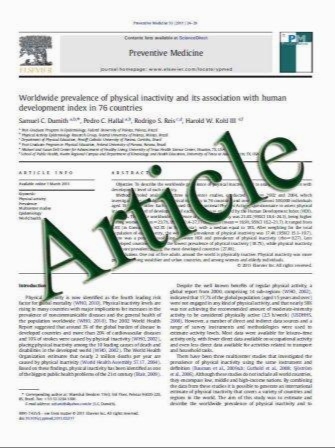Multidetector-CT angiography in pulmonary embolism—can image parameters predict clinical outcome?
- نوع فایل : کتاب
- زبان : انگلیسی
- مؤلف : Christoph M. Heyer & Stefan P. Lemburg & Heiko Knoop & Tim Holland-Letz & Volkmar Nicolas & Daniela Roggenland
- چاپ و سال / کشور: 2011
Description
Objective To assess if pulmonary CT angiography (CTA) can predict outcome in patients with pulmonary embolism (PE). Methods Retrospective analysis of CTA studies of patients with PE and documentation of pulmonary artery (PA)/aorta ratio, right ventricular (RV)/left ventricular (LV) ratio, superior vena cava (SVC) diameter, pulmonary obstruction index (POI), ventricular septal bowing (VSB), venous contrast reflux (VCR), pulmonary infarction and pleural effusion. Furthermore, duration of total hospital stay, necessity for/duration of ICU therapy, necessity for mechanical ventilation and mortality were recorded. Comparison was performed by logistic/linear regression analysis with significance at 5%. Results 152 patients were investigated. Mean duration of hospital stay was 21±24 days. 66 patients were admitted to the ICU; 20 received mechanical ventilation. Mean duration of ICU therapy was 3±8 days. Mortality rate was 8%. Significant positive associations of POI, VCR and pulmonary infarction with necessity for ICU therapy were shown. VCR was significantly associated with necessity for mechanical ventilation and duration of ICU treatment. Pleural effusions were significantly associated with duration of total hospital stay whereas the RV/LV ratio correlated with mortality. Conclusion Selected CTA findings showed significant associations with the clinical course of PE and may thus be used as predictive parameters.
Eur Radiol (2011) 21:1928–1937 DOI 10.1007/s00330-011-2125-3 Received: 23 November 2010 / Revised: 17 January 2011 / Accepted: 21 February 2011 / Published online: 11 April 2011


